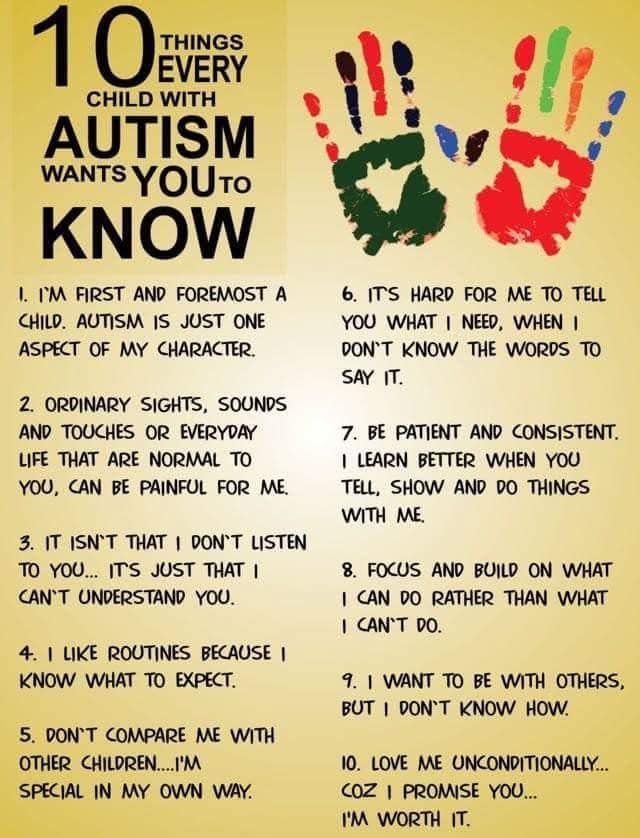Autism Spectrum Disorder (ASD) is a neurodevelopmental condition marked by difficulties in social communication, repetitive behaviors, and limited interests.
Around 1 in 36 children in the U.S. are affected by ASD. Boys are more commonly diagnosed than girls, with a ratio of 4:1. The exact causes are not fully understood. It is believed to result from a combination of genetic and environmental factors.
Symptoms include challenges with social interactions, such as trouble making eye contact and interpreting social cues. Repetitive actions, like hand-flapping or rocking. Limited interests, often intensely focused on particular subjects. Sensory sensitivities, including heightened reactions to sound, light, or touch.
Usually ASD is identified during early childhood, around 2-3. Diagnosis is based on behavioral observations and developmental progress. There is no single test to diagnose ASD. ASD is a spectrum, meaning symptoms and abilities vary widely among individuals. Traditionally, ASD is classified into three levels based on the level of support needed. Level 1 requiring minimal support, level 2 substantial support and level 3 requiring very substantial support.
Although there is no cure, early intervention can significantly improve outcomes. People with ASD are just as capable of learning and achieving as other people. ASD is not caused by vaccines or parenting choices. Many individuals with ASD have unique strengths and talents. It is crucial to foster understanding, acceptance, and inclusion for those with ASD. Many individuals with ASD may also have other conditions, such as ADHD, anxiety, or intellectual disabilities, which can influence how they experience the world and how treatment is approached.
Advocating for better resources, education, and policy changes is key to improving the lives of people with ASD and ensuring a more inclusive society. Discuss the concept of neurodiversity—the idea that neurological differences like ASD are part of human diversity rather than disorders—could help shift the conversation toward acceptance and inclusion, recognizing that people with ASD can contribute valuable perspectives to society.

 Police/Fire/EMS1 week ago
Police/Fire/EMS1 week ago
 Government1 week ago
Government1 week ago
 Police/Fire/EMS1 week ago
Police/Fire/EMS1 week ago
 Government3 days ago
Government3 days ago
















